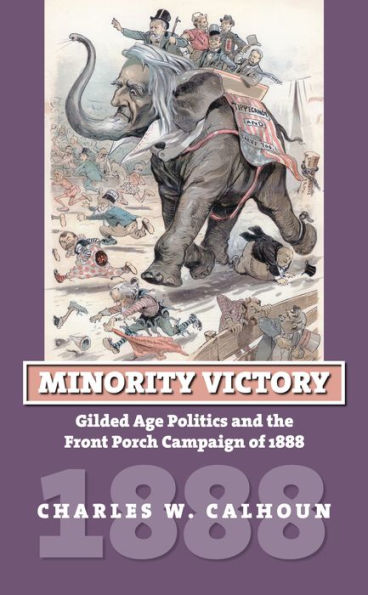5
1
9780700615964



Minority Victory: Gilded Age Politics and the Front Porch Campaign of 1888 available in Hardcover, eBook

Minority Victory: Gilded Age Politics and the Front Porch Campaign of 1888
- ISBN-10:
- 0700615962
- ISBN-13:
- 9780700615964
- Pub. Date:
- 11/04/2008
- Publisher:
- University Press of Kansas
- ISBN-10:
- 0700615962
- ISBN-13:
- 9780700615964
- Pub. Date:
- 11/04/2008
- Publisher:
- University Press of Kansas

Minority Victory: Gilded Age Politics and the Front Porch Campaign of 1888
$49.95
49.95
In Stock

Product Details
| ISBN-13: | 9780700615964 |
|---|---|
| Publisher: | University Press of Kansas |
| Publication date: | 11/04/2008 |
| Series: | American Presidential Elections |
| Pages: | 256 |
| Product dimensions: | 6.00(w) x 9.50(h) x 0.90(d) |
About the Author
From the B&N Reads Blog
